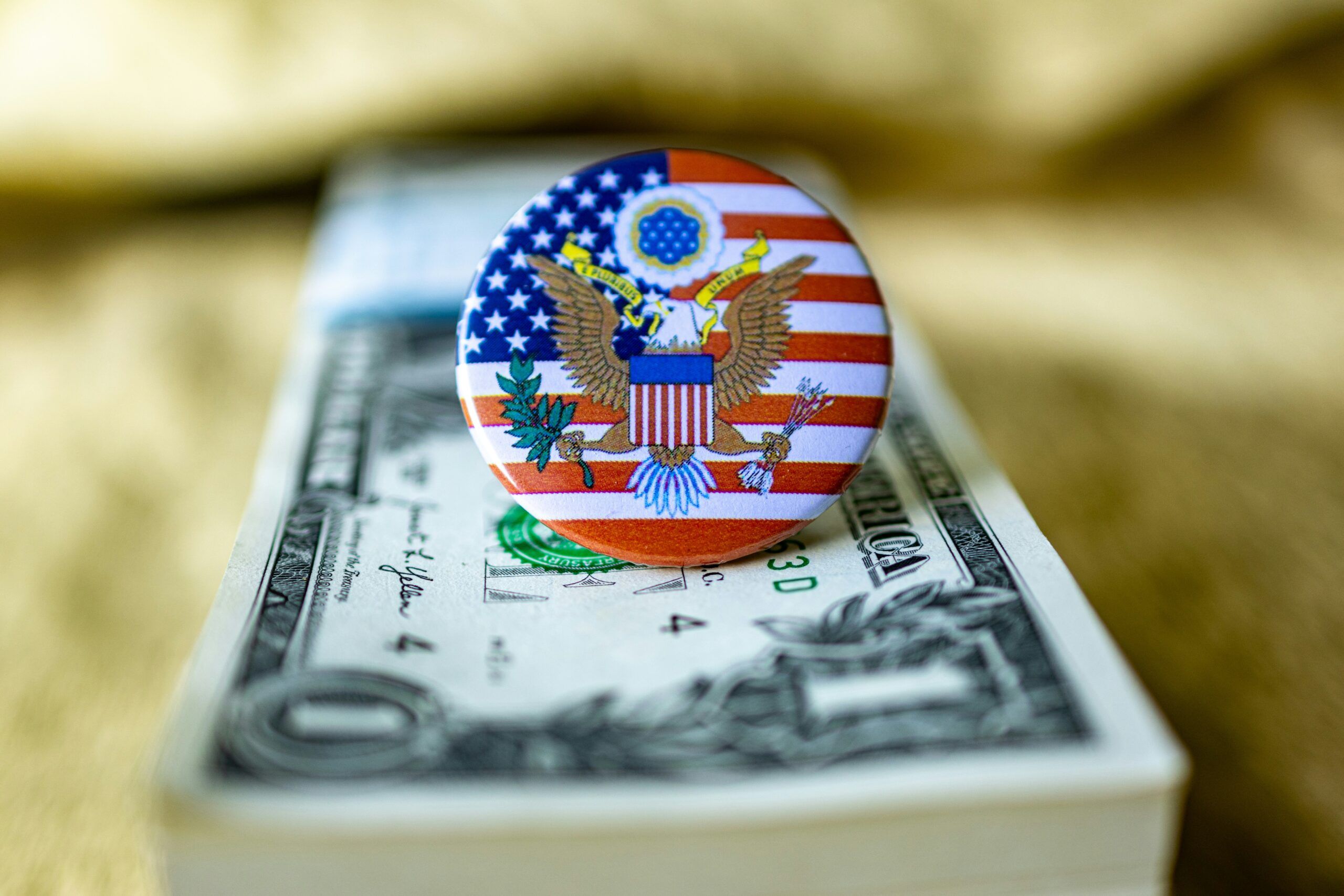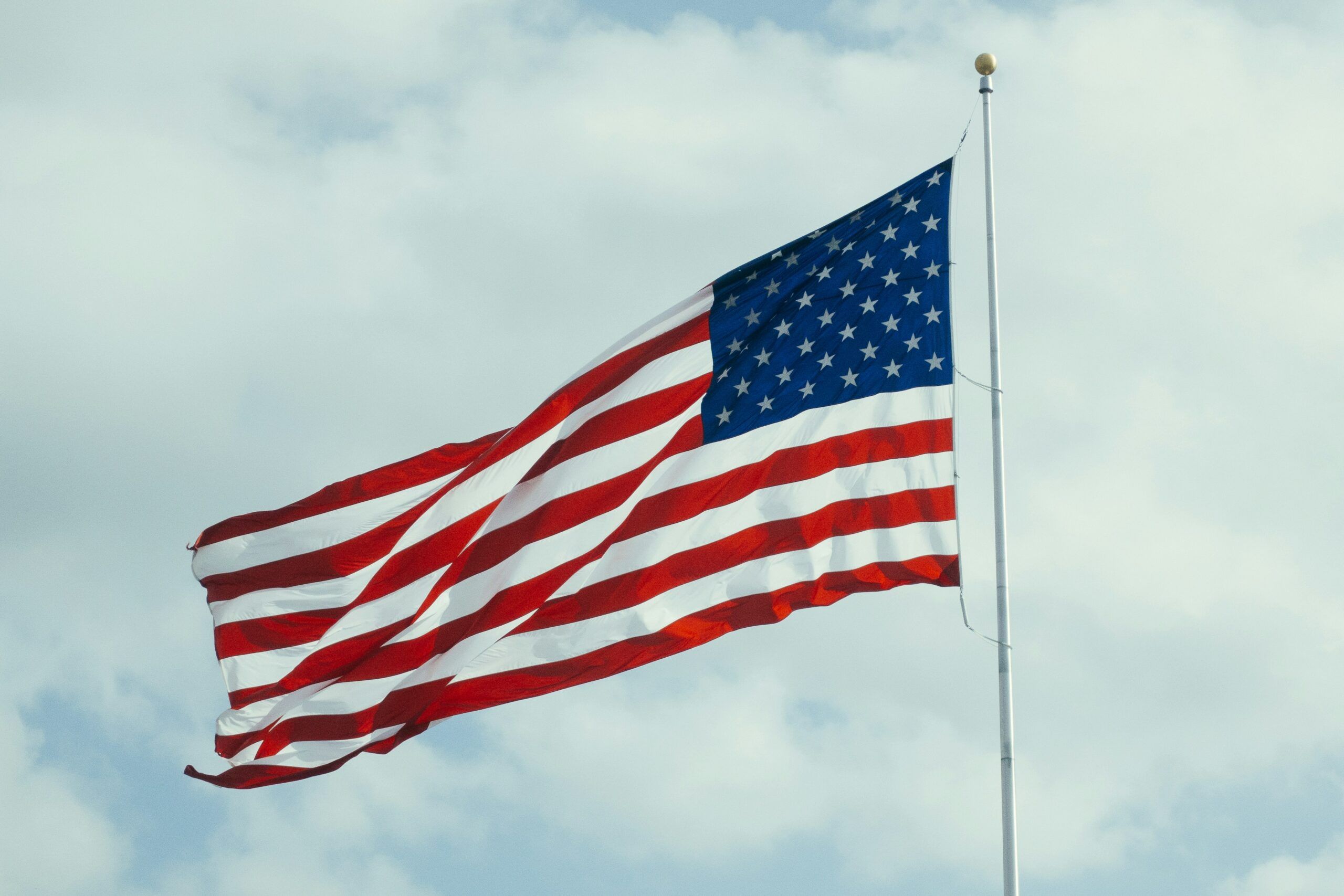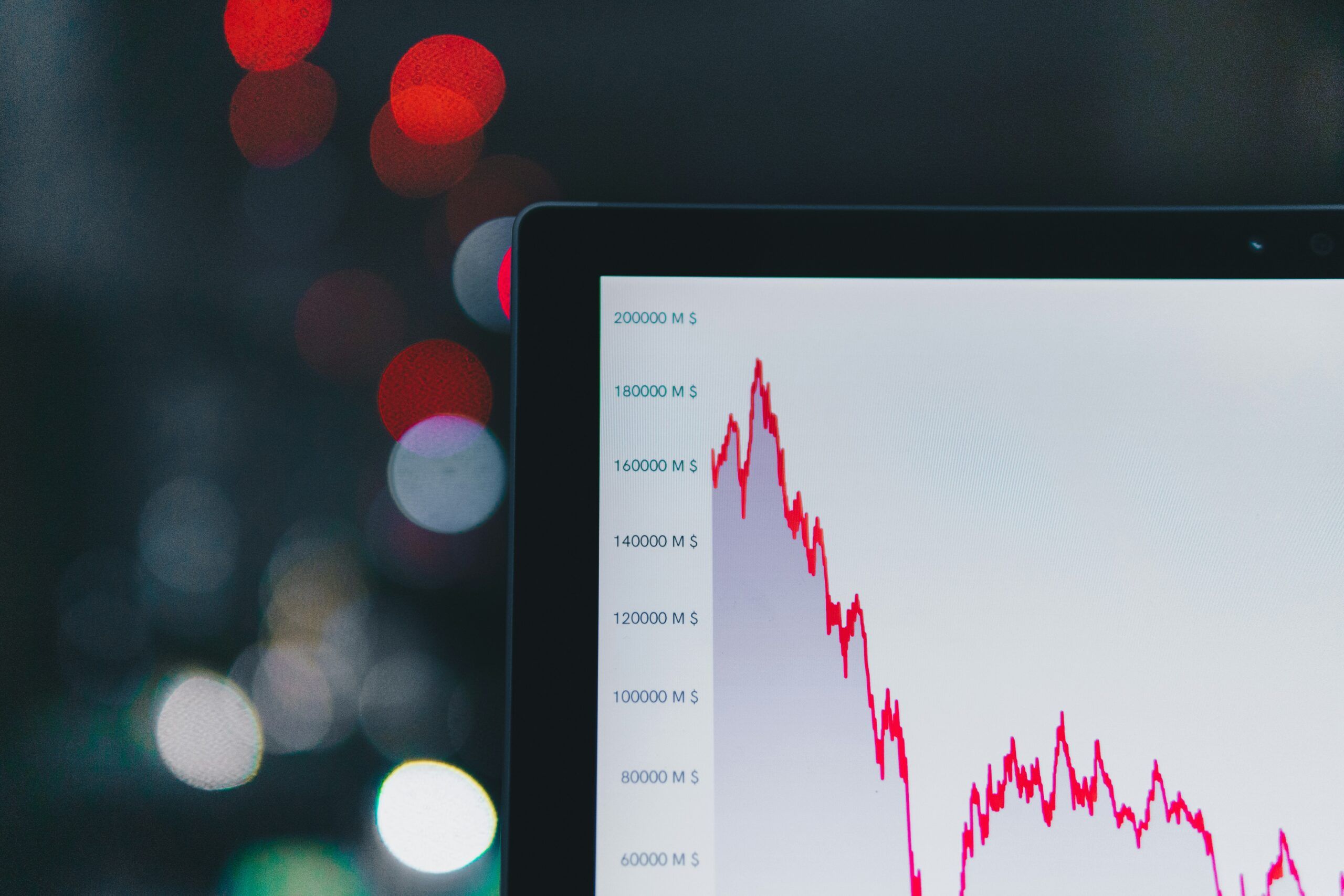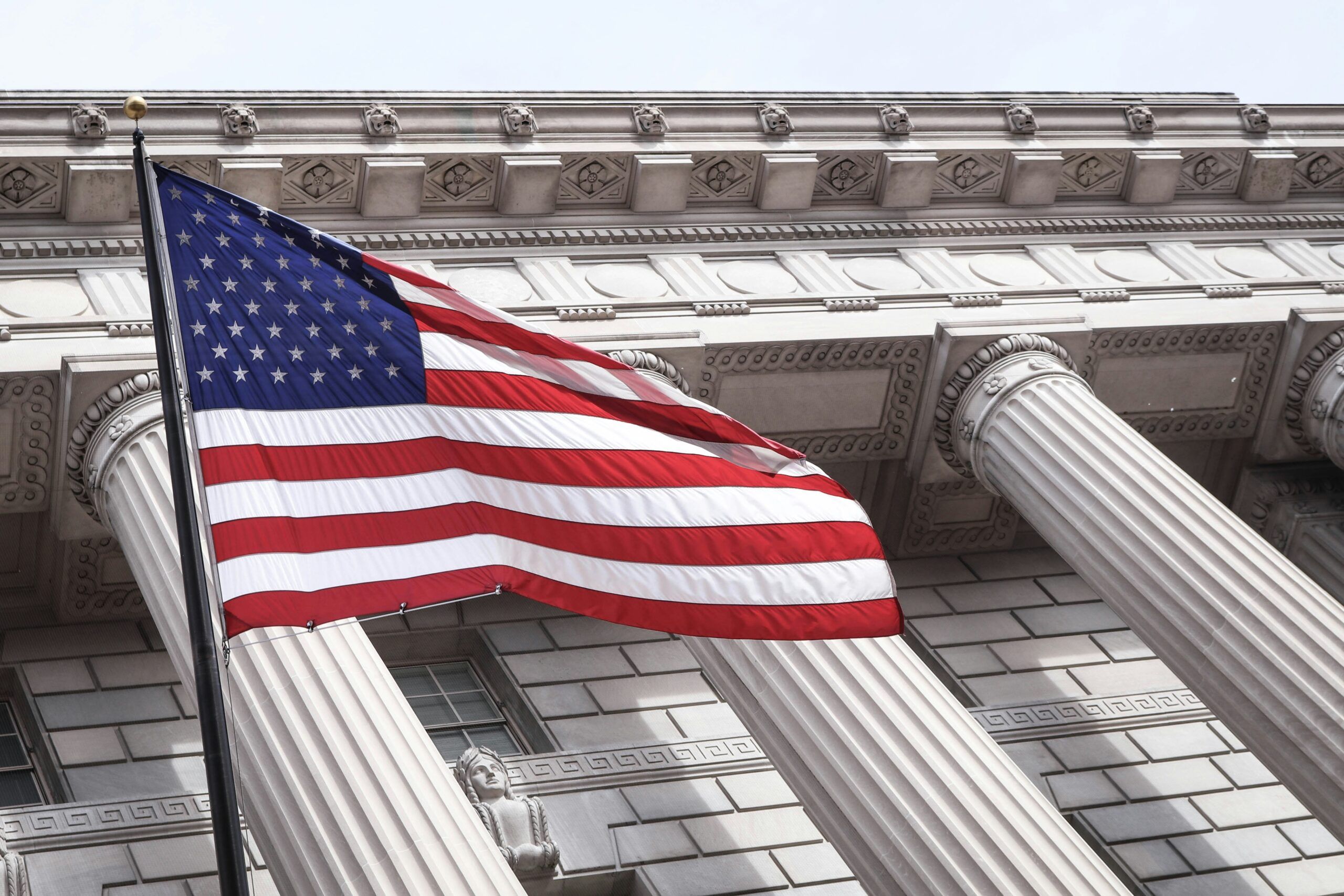Data released showed that 2024 saw a record uptake in renewable energy, EV’s, and other areas, however experts predict that in 2025 the demand for fossil fuels is expected to increase by more than 3 Million BOE/D*. At the same time, analysts suggest that CO2 emissions associated with the combustion of fossil fuels will reach a new record high, but will be the smallest increase since the end of the pandemic.
*BOE/D – This is an acronym for “Barrels of oil equivalent per day”, and is a term used in the gas and oil industry as a measurement used to describe the amount of energy produced or consumed in a day.
2025 will be a year of uncertainty as, according to experts, war zones such as Ukraine and Gaza have the potential to significantly alter energy markets. Further geo-political problems and polarisation between China and the western nations add to this uncertainty, with President Trump promising tariffs and Europe using tariffs to protect their markets, whilst China are looking for greater global influence by leveraging their position as a leader in clean technology.
There are a number of areas to be aware of in 2025 some of which are outlined below.
President Trump
During his 2024 campaign, and the build up to his winning the 2024 presidential election, it became, according to experts, obvious that the second term of President Trump (or Trump2) will follow a very different path on climate policy and energy to that of out-going President Joe Biden. First, it appears that the new administration will pull out of the Paris Agreement* and an increasingly negative attitude towards a somewhat weakened COP**.
*The Paris Agreement – Also known as the Paris Accords or the Paris Climate Accords, is a legally binding international treaty signed in 2016 and covers climate change mitigation, adaptation, and finance. There are circa 195 members of the UNFCCC ( United Nations Framework Convention on Climate Change). The United States withdrew in 2020, rejoined in 2021 and are expected to withdraw again under the new administration. The overriding goal of the agreement is to limit the global temperature increase to 1.5 degrees C and to hold the increase in global average temperature to well under 2 degrees C, both above pre-industrial levels.
**COP – The Conference of the Parties attended by governments that have signed the United Nations Framework Convention on Climate Change, (UNFCCC), a treaty which was created in 1994. The conference meets once a year and assesses global efforts to advance the key Paris Agreements aimed at limiting global warming.
President Trump and his new administration have said they will increase US oil and gas production by promoting drilling and offshore and federal land exploration. They have also expressed their desire to increase LNG (Liquid Natural Gas), making the United States a bigger player in the market. They may hope to take advantage of European markets, who will be seeking alternative suppliers to Russian gas. The implications of such a policy may well depress global energy prices, however such downward pressure could be offset by OPEC+ adjusting production quotas. Analysts also suggest that an increase in geopolitical tensions, for example with Iran prompting a reduction in Middle East supplies, could offset any increases in production from the United States, all of which could lead to prolonged price volatility.
Total energy demand: Fossil fuels vs. clean energy
Apart from various economic recessions and the Covid-19 pandemic, there has yet to be a year when green/clean energy (nuclear, hydro, solar, wind, and other renewables) supply has resulted in the reduction in the use of fossil fuels. Experts suggest that 2025 will see robust growth and above-trend in energy demands, but even the fast growth of clean energy (over 5 Million BOE/D) it is not enough to curtail the demand for fossil fuels, let alone displace that demand. It is expected that fossil fuel demand will increase by more than 3 Million BOE/D resulting in record high CO2 emissions.
Nuclear energy
Experts advise that nuclear energy is on the up especially in the United States, and for decades has proven to be a reliable and stable source of clean energy resulting in a carbon-free provider of electricity. Many companies are trying to decarbonise and interestingly in 2024 Amazon, Microsoft, and Google all signed power supply agreements with ties to nuclear capacity to help feed their growing data centres.
Analysts suggest that in 2025, nuclear power generation will reach unprecedented levels, with a number of countries ramping up production in Asia and Europe. The IEA (International Energy Agency) has advised that the report from “The Path to a New Era for Nuclear Energy” says the strong comeback to nuclear energy, as advised by the IEA several years ago, is well underway and 2025 will be a record year for nuclear powered generation of electricity.
The price of Uranium has been an indicator as to how nuclear power is on the way up. Over the last five years, the price of Uranium has soared by 255% which confirms the demand for the commodity is on-going. This strategically important metal owes its current value to the increase in nuclear powered plants in the shift to green energy plus a number of global economic factors which have also had a significant bearing on its current value. The long-term outlook for Uranium is bullish as across the world there are currently 61 nuclear reactors under construction, plus a further 90 reactors are in the planning stage with in excess of 300 in the discussion phase.
Consumption from data centres and AI
Experts suggest that in 2025, as Artificial Intelligence a datacentres expand, the demand for electricity will increase to such an extent it could fundamentally effect the trajectory of global power demand. Indeed, analysts see the demand for power between 2025 and 2030 through the increasing number of datacentres will increase by 10% – 15% per annum. In developed countries, datacentres have accounted for a circa 3% increase in power requirements, which may have taken clean power away from the grid and has possibly aided the on-going consumption of fossil fuel generated energy.
Liquid natural gas
After two years of relative inaction and limited growth, experts see 2025 as a year of significant change in the LNG market especially as there will be an increase in liquification capacity coming out of the United States and Canada. Analysts suggest there will be an increase in capacity of circa 27 Million mt (metric tons), 90% of which will emanate from North America, with a number of facilities all expecting to ramp up production in 2025.
Analysts advise that total global growth projections for 2025 and 2026 currently show and an increase of 2.3%. Interestingly, in Q3 2024 y/y (year-on-year) European gas imports from outside the bloc suffered a 10% decline, and if the Russian gas transit through Ukraine agreement is not renewed, in excess of 5% of their needs will have to be sourced elsewhere such as the USA and Canada. All in all, experts suggest that exports of natural gas by pipeline will increase in 2025 by 2.9 Bcf/d (billion cubic feet per day) with the bulk of the increase coming from LNG.
Coal
Analysts predict that in 2025 global demand for coal will continue to grow in spite of renewable installations hitting record highs. Demand for coal reached new records in 2023 and 2024, and as indicated above the increased call on energy from datacentres and the charging of EV’s has increased the demand on fossil fuels, despite record growth in renewables. Interestingly, some experts suggest that demand for coal in Europe and other developed economies may indeed fall, however, data released shows China represents 60% of global coal consumption and despite renewables increasing the country, can expect another record year for coal fired energy consumption.
India is also expected to hit new highs on coal fired energy consumption and demand in the United States is expected to rebound significantly in 2025 after decades of decline. Whilst some analysts expect coal consumption to remain broadly flat the expected increase from China will have a large impact on prices though renewables will increase and begin to eat into their coal consumption. Experts in this arena expect demand to be in the region of 8.77 Billion tonnes for 2025 but all eyes will be on China to see if they reduce their coal consumption.
Jet fuel demand
Post pandemic, airline passengers figures have been increasing year on year, and experts from IATA (The International Air Transport Association) predict air passenger numbers to top five billion for the first time with the sectors revenues breaking the trillion US Dollar mark in 2025. They also added that the accumulative cost of jet fuel will be USD248 Billion, circa 5% below that of 2024 with fuel consumption rising y/y (year-on-year) to 107 billion gallons up 6%, a number in line with what airlines have been reporting over Q3 and Q4 2024. IATA suggests that data shows that overall costs for the airline industry will rise by 4% in 2025 to USD940 Billion of which jet fuel costs total 26.4% down 28.4% from 2024.
Renewables
In the renewables arena, experts suggest that this sector will go through major transformations in 2025. New advancements in this sector come quick and fast, with new energy technology and government policies all favouring renewables. Indeed, in the United Kingdom Energy Secretary Ed Miliband looks to turn the country into a solar energy and wind turbine farm.
Predictions from the IEA (International Energy Agency) suggests that in 2025 renewables will be responsible for providing circa one third of the worlds electricity needs, and by 2028 90% of the worlds energy requirements will come from renewables. Data released indicates that solar energy will be the dominant renewable power in a number of countries in 2025, and global capacity doubling in 2026 closely followed by wind energy.
There is a renewables gap, where demand is outstripping supply, and the race is on to fill that gap. For the first time in history, 2025 will see Asia account for 50% of the world’s electricity consumption with China consuming one third of global electricity.
OPEC and OPEC+
OPEC is a synonym for The Organisation of Petroleum Exporting Countries and was founded in Baghdad in in 1960. The original members are Iran Iraq, Kuwait, Saudi Arabia, and Venezuela, and today the current organisation has twelve member countries. OPEC control circa 35% – 38% of global supply of oil, but according to current estimates they own circa 80% of proven oil reserves.
In late 2016, the members of OPEC signed an agreement with ten other oil producing countries to form what is known today as OPEC+. Among these countries was Russia who at the time produced 13% of total global output of oil. Today OPEC+ controls circa 48% of global production.
Analysts suggest that 2025 could well be an unpredictable year for OPEC+, with tariff threats from President Donald Trump and the continuing war zones of Israel/Gaza and Russia/Ukraine presenting challenges to their ongoing strategies. OPEC’s forecasts for 2025 is for oil demand to reach 104.2 Million b/d (barrels per day) in 2025 and an increase to 106.6 Million b/d in 2026. Robust demand is expected to come from developing countries where data shows that consumption will almost double with Asian countries being key, and India and China being central to this growth.
OPEC+ analysts predict the price of Brent* crude oil will average USD74, down 8% from 2024, and will fall another 11% in 2026 to USD66 per barrel. OPEC sellers such as Saudi Aramco will sell their Arab Light into Europe plus or minus Brent, depending on their appetite for more or less market share.
*ICE Brent Crude – Is the benchmark used for light oil markets in Europe, Africa, and the Middle East. Saudi Arabia also use the Argus Sour Crude Index for their flagship Arab Light Crude for North America, and Oman and Dubai Indexes for East Asia.
Conclusion
2025 will see an increase in the demand for fossil fuels despite record output from the renewables arena. The price of a barrel of oil is expected to come down unless geopolitical problems once again explode, putting upward pressure on prices. All eyes will be on renewables to see if they outperform expectations with particular eyes on the nuclear sector as it becomes more and more popular. Finally, there is the Trump.20 presidency whose policies on tariffs could, according to experts, significantly impact many sectors within the energy arena. Only time will tell how this will play out.











